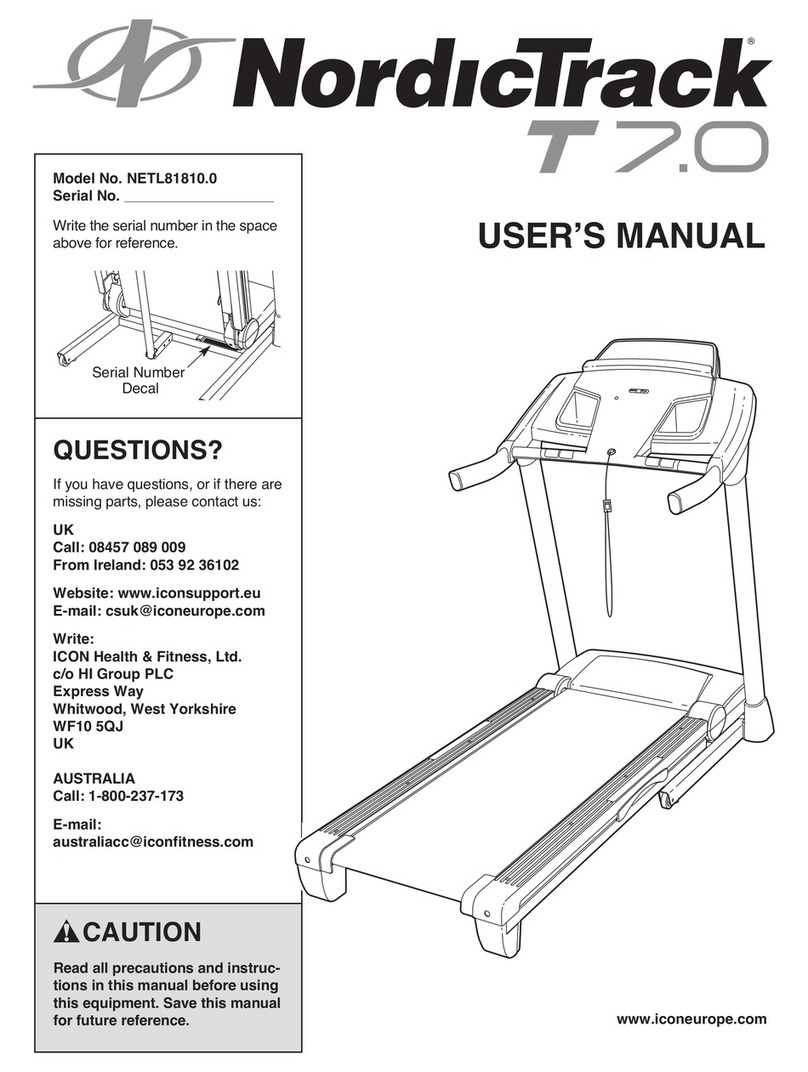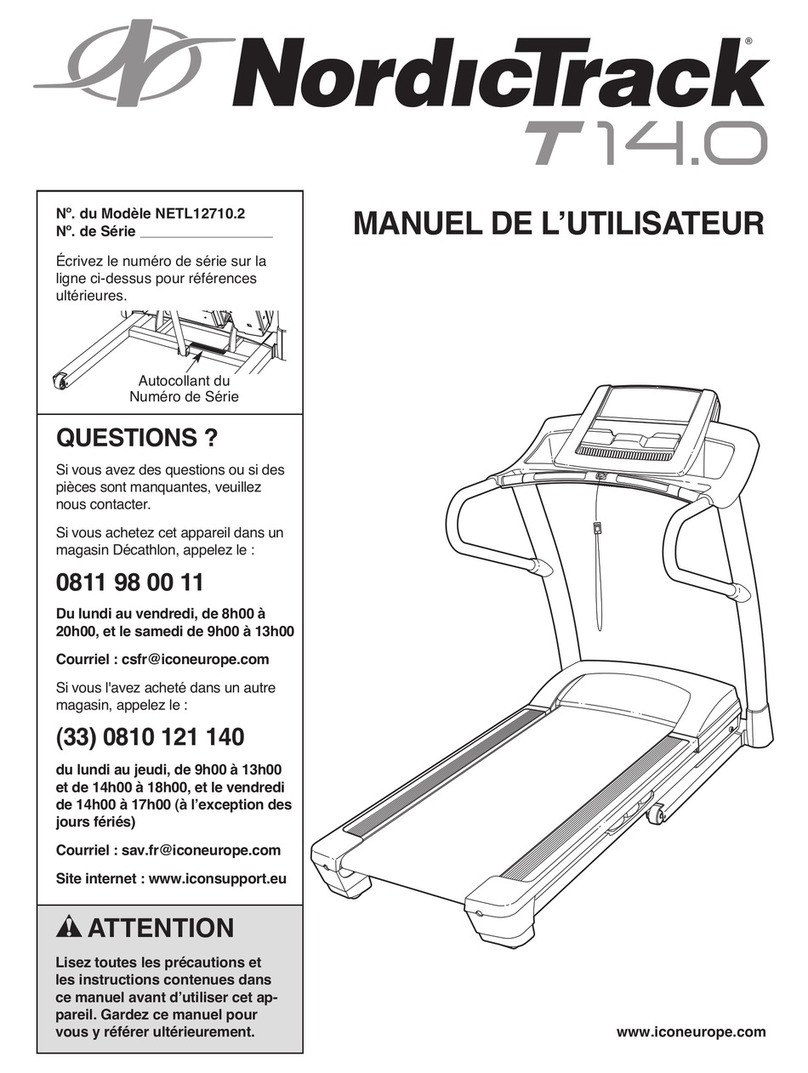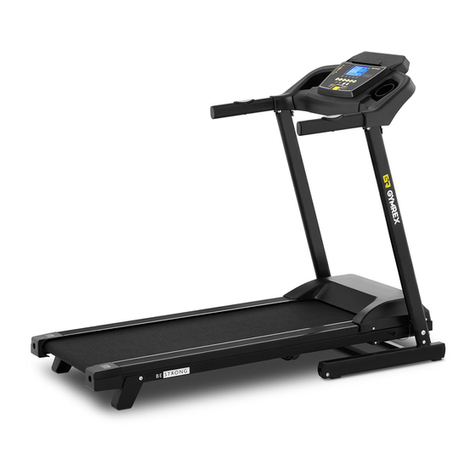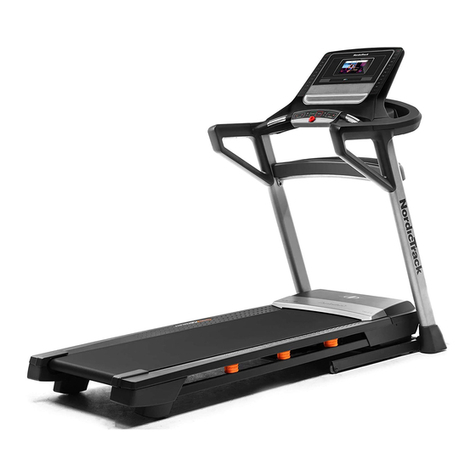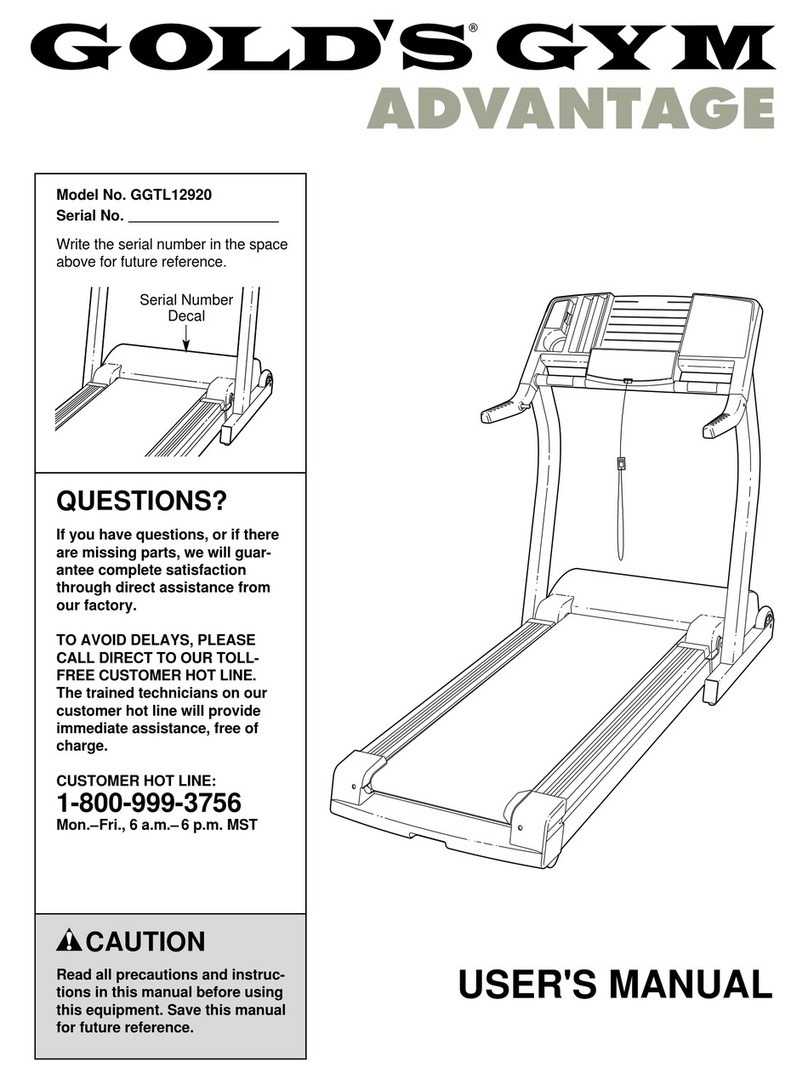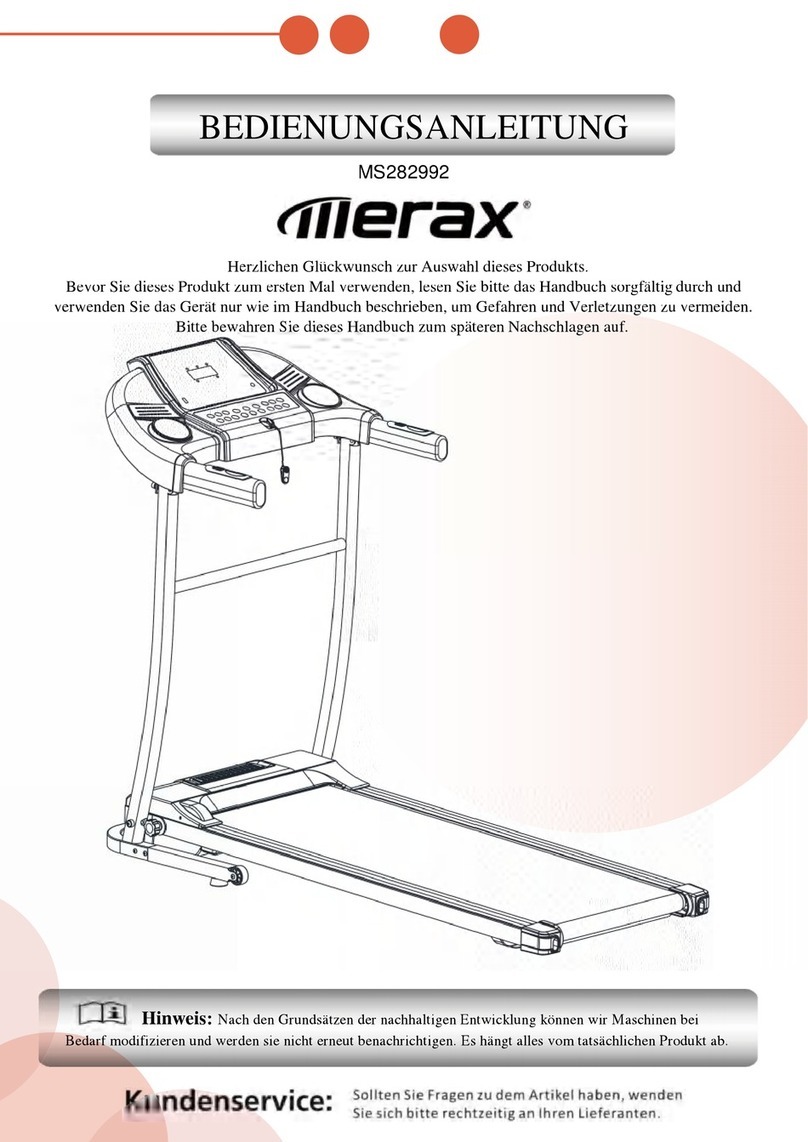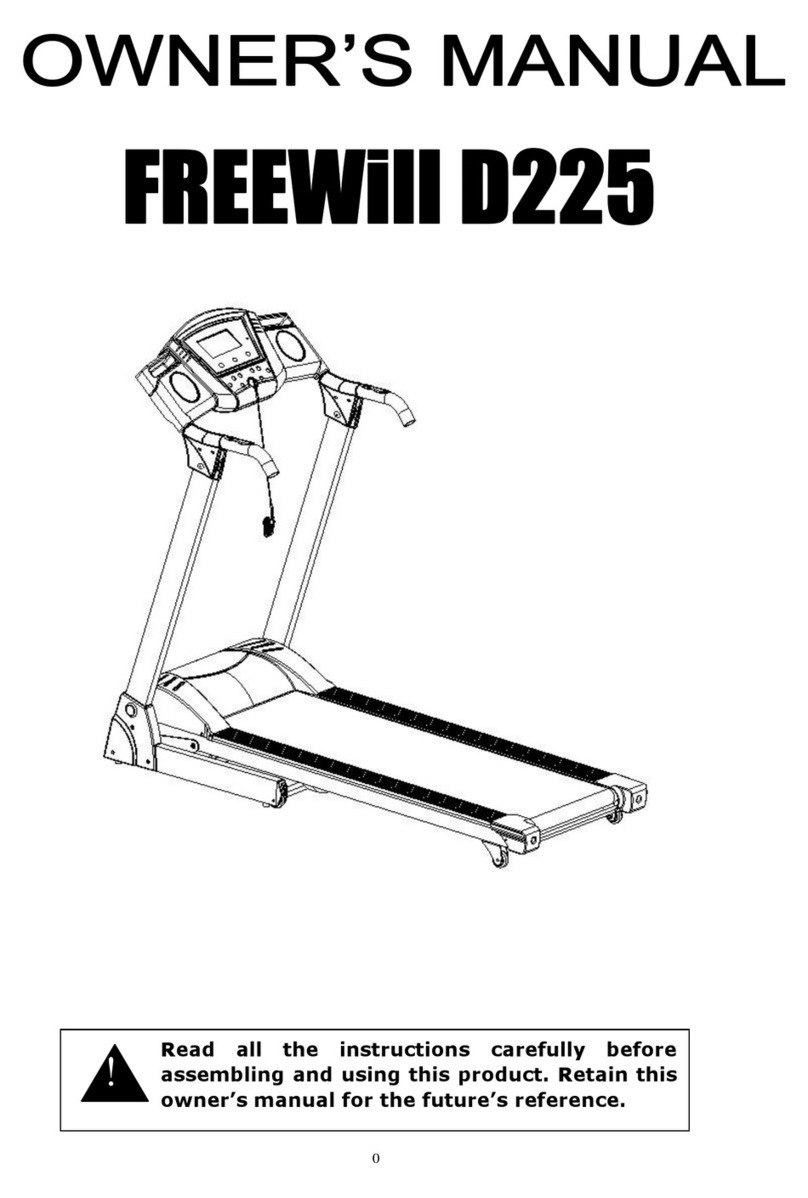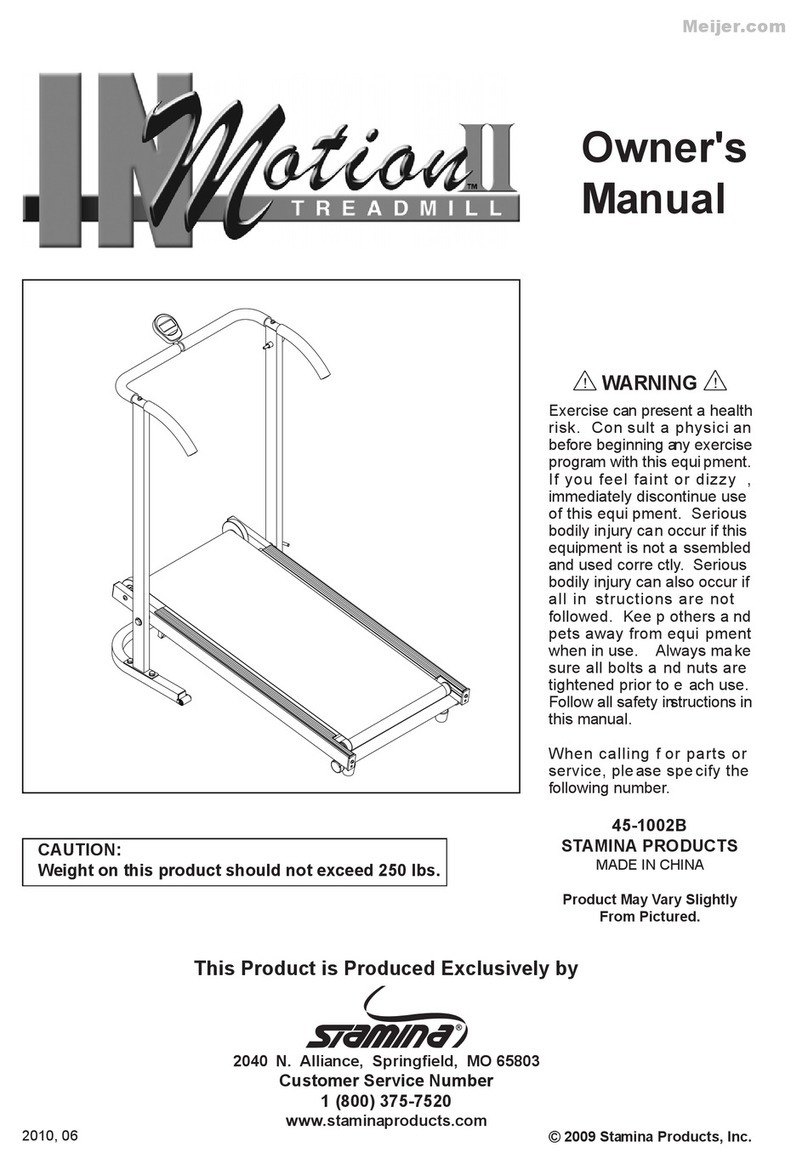
Contents 70-00298-01 A
iv
Contents
Vacuuming Under the Treadmill Hood.................................................4-3
Frequency........................................................................................4-3
Replacement Schedules ..........................................................................4-3
Electrical Testing ...................................................................................4-3
Chapter 5: Repair/Replacement and Calibration
Electrical Shock......................................................................................5-2
Burns .....................................................................................................5-2
Mechanical Hazards...............................................................................5-2
Tools......................................................................................................5-3
Removing the Treadmill Hood ..............................................................5-4
Replacing the Configuration Plate .........................................................5-6
Replacing the Power Cord .....................................................................5-7
Hard-wired Cords on Low Voltage Units........................................5-7
Detachable Cords on High Voltage Units .......................................5-7
Replacing the AC Drive Module............................................................5-8
Bus Recovery System (BRS).................................................................5-10
Replacing the Tensioner....................................................................... 5-11
Replacing the Poly-V Drive Belt ..........................................................5-13
Replacing the Drive Motor ..................................................................5-14
Replacing the Transformer................................................................... 5-16
Replacing the Grade Motor..................................................................5-17
Replacing the Grade Motor Chain ................................................5-18
Replacing the Grade Potentiometer (Pot).............................................5-19
Grade Pot Wires............................................................................ 5-20
Removing the Rack Gears ....................................................................5-21
Reassembling the Rack Gears...............................................................5-22
Replacing a Jammed Rack Gear ...........................................................5-23
Replacing the Pinion Shaft...................................................................5-24
Adjusting the Grade Limit Switches.....................................................5-26
Walking Deck Assembly ...................................................................... 5-27
Replacing Rollers ................................................................................. 5-28
Removing the Deck Assembly from Headframe................................... 5-29
Replacing the Walking Belt..................................................................5-30
Removing the Deck ............................................................................. 5-31

